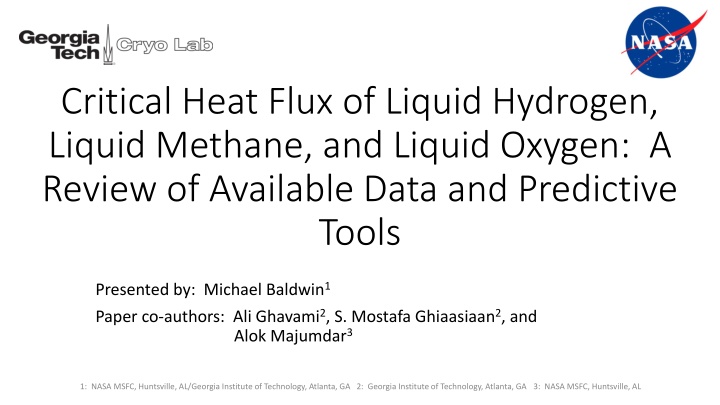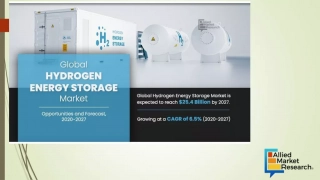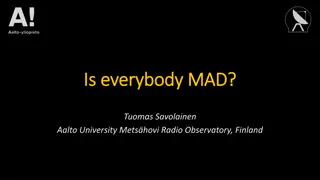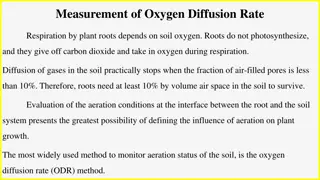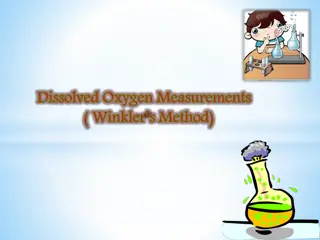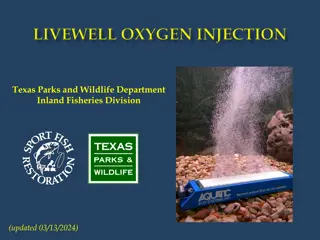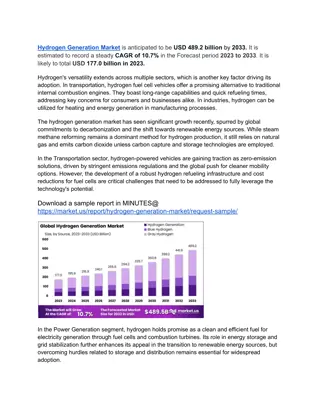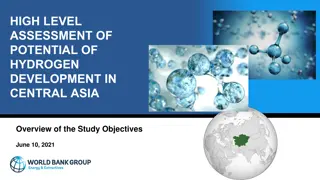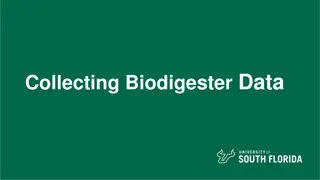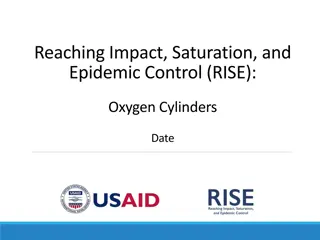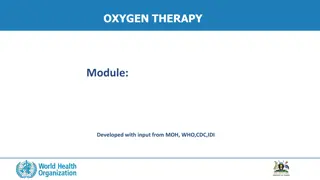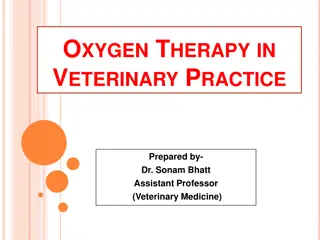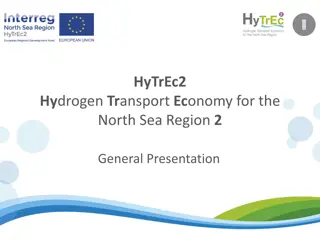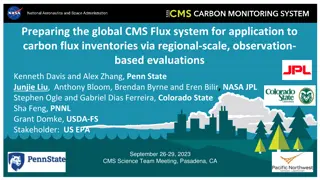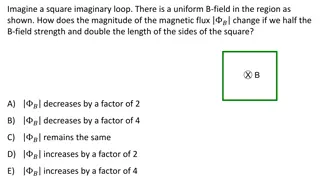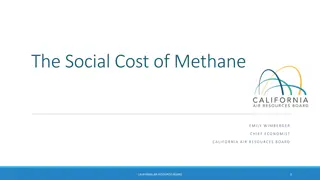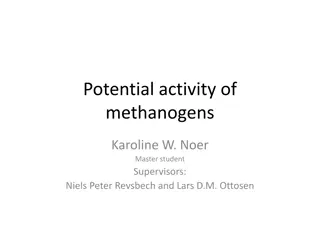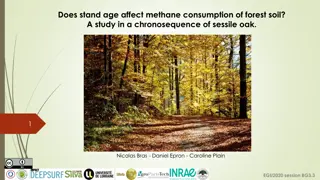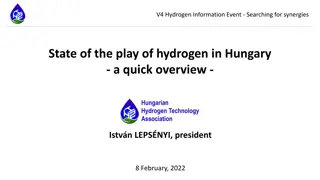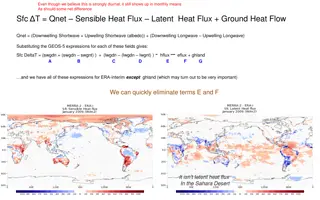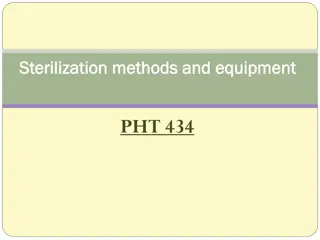Review of Critical Heat Flux in Liquid Hydrogen, Methane, and Oxygen
This review paper presents data and predictive tools on the critical heat flux (CHF) of liquid hydrogen, methane, and oxygen. It covers the motivation for CHF modeling, background on pool and flow boiling curves, availability of CHF data for different liquids, and applications in space propulsion systems. The importance of avoiding CHF in heated-tube applications is highlighted for maintaining heat transfer efficiency and structural integrity.
Download Presentation

Please find below an Image/Link to download the presentation.
The content on the website is provided AS IS for your information and personal use only. It may not be sold, licensed, or shared on other websites without obtaining consent from the author.If you encounter any issues during the download, it is possible that the publisher has removed the file from their server.
You are allowed to download the files provided on this website for personal or commercial use, subject to the condition that they are used lawfully. All files are the property of their respective owners.
The content on the website is provided AS IS for your information and personal use only. It may not be sold, licensed, or shared on other websites without obtaining consent from the author.
E N D
Presentation Transcript
Critical Heat Flux of Liquid Hydrogen, Liquid Methane, and Liquid Oxygen: A Review of Available Data and Predictive Tools Presented by: Michael Baldwin1 Paper co-authors: Ali Ghavami2, S. Mostafa Ghiaasiaan2, and Alok Majumdar3 1: NASA MSFC, Huntsville, AL/Georgia Institute of Technology, Atlanta, GA 2: Georgia Institute of Technology, Atlanta, GA 3: NASA MSFC, Huntsville, AL
Agenda Motivation for critical heat flux (CHF) modeling Background: pool boiling curve/flow boiling curve Availability of pool and flow boiling CHF data for LH2, LCH4, LO2 Results Ongoing/Future work
Motivation for CHF Modeling 1. Tank and line chilldown (pool and flow boiling) 2. Avoidance of CHF in heated-tube applications (flow boiling) In-space tank-to-tank propellant transfer line Tank-to-pump propellant feedline Application: -Ascent and Descent Stages -Nuclear Thermal Propulsion (NTP) Application: -Cryogenic fuel depots These lines could be on the order of tens of feet or higher in length Credit: ULA Informs insulation design and/or degree of propellant subcooling needed
Background: Flow Boiling 5 [1]
CHF Critical heat flux is a vital point in the boiling curve If CHF occurs, heat transfer plummets and the structural integrity of the heated surface could be compromised In all propellant transfer applications where a heated-tube boiling situation is present, CHF is to be avoided at all cost.
State of available CHF data for H2 [2-3] Pool Boiling Flow Boiling
State of available CHF data for CH4 [2-3] These data were not considered in the analysis Glickstein and Whitesides (1967) [3] is a valid source but was not found Pool Boiling Flow Boiling
State of available CHF data for O2 [2-3] Pool Boiling Flow Boiling
Correlations Considered Zuber (1961) or Kutateladze (1952)- seemingly identically derived correlations Lurie and Noyes (1964) Sun and Lienhard (1970) Kandlikar (2001) Von Glaun and Lewis (1960)- water and cryo data Katto and Ohno (1984)- R-12 data Shah (1987)- many fluids Mudawar and Maddox (1990)- FC-72 data Katto (1992) Hall and Mudawar (2000)- water data
Hydrogen CHF Recommendations Pool Boiling: Sun and Reinhard (1970) Flow Boiling: Katto and Ohno (1984)
Methane and Oxygen Pool CHF Recommendations Pool Methane: Lurie and Noyes (1964) Oxygen: Sun and Lienhard (1970)
Methane and Oxygen Flow CHF Recommendations Flow (This chart was intentionally left blank)
Ongoing/Future Work Continuing to collect quality datasets (primarily flow CH4 and O2) Ones we missed, e.g. Glickstein and Whitesides (1967) methane Future data sets Please let us know if you are aware of any data sets we missed Michael.r.Baldwin@nasa.gov A flow boiling O2 experiment to capture pre-CHF HTC, post-CHF HTC, CHF data, and two-phase pressure drop data has been discussed and proposed as future work to be conducted at NASA MSFC or NASA GRC
References [1] Sherley, Joan E. "Nucleate boiling heat-transfer data for liquid hydrogen at standard and zero gravity." Advances in Cryogenic Engineering: Proceedings of the 1962 Cryogenic Engineering Conference University of California Los Angeles, California August 14 16, 1962. Springer US, 1963. [2] Baldwin, Michael, et al. "Pool boiling in liquid hydrogen, liquid methane and liquid oxygen: A review of available data and predictive tools." Cryogenics 115 (2021): 103240. [3] Baldwin, Michael, et al. "Flow boiling in liquid hydrogen, liquid methane and liquid oxygen: A review of available data and predictive tools." Cryogenics 116 (2021): 103298.
